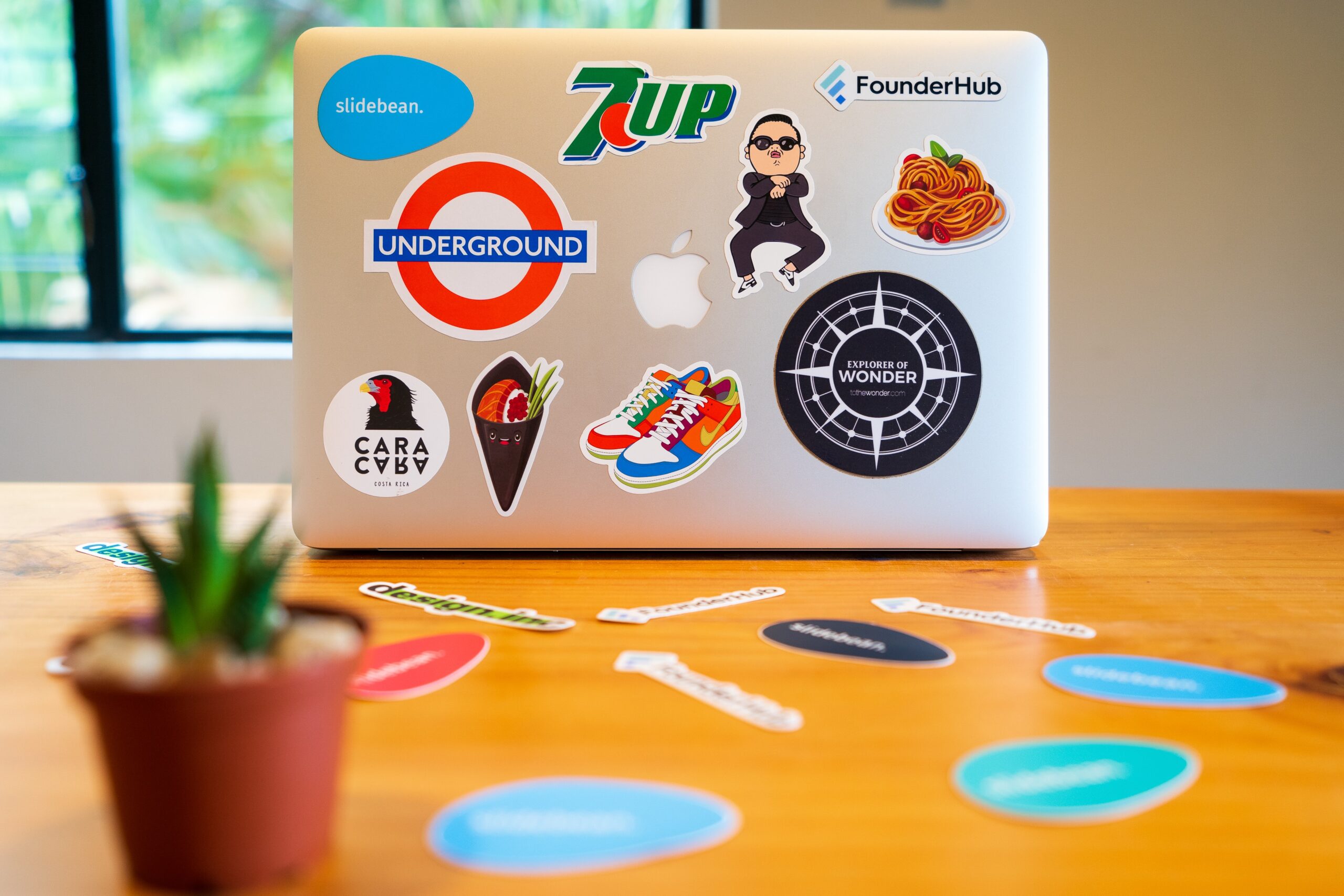Brand identity is not just about a catchy logo or a memorable tagline. It’s the heart and soul of your business, defining who you are, what you stand for, and how you’re perceived by the world. In this comprehensive guide, we’ll delve into the fascinating world of brand identity, covering the basics and advanced aspects to help you establish a compelling brand that resonates with your target audience.
Understanding Brand Identity
1. What is Brand Identity?
The brand identity encompasses the visual and emotional elements that make your brands unique. It includes your logo, color palette, typography, imagery, and your brand’s overall look and feel.
2. The Basic Elements of Brand Identity
- Logo: Your logo is your brand’s visual signature. It should be simple, memorable, and reflective of your brand’s personality.
- Color Palette: Choose colors that convey emotions and resonate with your audience.
- Typography: Consistent fonts in your brand materials create a professional and cohesive look.
- Imagery: The type of images you use should align with your brand’s values and messaging.
3. The Advanced Elements of Brand Identity
- Voice and Tone: Define how your brand speaks. Is it formal, friendly, or authoritative? Consistency in communication is critical.
- Storytelling: Compelling brand stories helps build an emotional connection with your audience.
- Brand Personality: Define your brand’s personality traits – is it innovative, trustworthy, friendly, or sophisticated?
- Target Audience: A deep understanding of your audience helps tailor your brands identity to their preferences.
Building a Strong Visual Brand
4. The Power of a Memorable Logo
- Creating a Timeless Logo: A great logo stands the test of time. Think of the Nike Swoosh or Apple’s Apple.
5. The Influence of Colors
- Psychology of Colors: Understand how colors can influence emotions and decision-making.
- Color Consistency: Maintain a consistent color palette across all brand materials.
6. Typography and Branding
- Choosing the Right Fonts: Different fonts convey different feelings – select fonts that match your brand’s personality.
7. The Role of Imagery
- Original vs. Stock Photos: Authenticity matters. Original images can set you apart.
Evoking Emotions through Brand Voice and Storytelling
8. Define Your Brand’s Voice
- Consistency in Communication: Maintaining a consistent voice across platforms is essential.
9. The Art of Brand Storytelling
- Crafting Compelling Stories: Share your brand’s journey, values, and the problems you solve.
10. Building Brand Personality
- Traits and Values: Identify the personality traits and values your brand embodies.
Aligning Brand Identity with Your Target Audience
11. The Importance of Knowing Your Audience
- Creating Buyer Personas: Tailor your brand identity to specific customer segments.
- Feedback and Surveys: Understand what your audience thinks about your brand.
12. Adapting to Market Trends
- Remaining Relevant: Brands evolve to stay in tune with market trends and changes.
Implementing and Maintaining Your Brand Identity
13. The Style Guide
- Creating a Brand Style Guide: Document all brand identity elements for consistent use.
- Updating the Style Guide: As your brand evolves, your style guide should too.
14. The Role of Consistency
- Online and Offline Consistency: Consistency across all channels reinforces your brands identity.
15. Monitoring and Adjusting
- KPIs and Brand Metrics: Measure the effectiveness of your brands identity through key performance indicators.
- Adapt to Feedback: Be open to adjusting your brand identity based on customer feedback and market changes.
SEO Optimization for Your Brand Identity
16. SEO for Brand Identity
- Keyword Research: Use long-tail keywords related to brand identity to enhance your content’s discoverability.
- Content Quality: Well-researched, in-depth articles like this one improve your site’s SEO.
- Optimize Images: Use alt text and image file names incorporating relevant keywords.
Conclusion
Your brand identity is an evolving entity but is also the foundation of your business’s success. It’s how you differentiate yourself from competitors and connect with your audience deeply. Understanding the basic and advanced elements of brand identity allows you to build a brand that stands the test of time, resonates with your audience, and drives your business forward.

